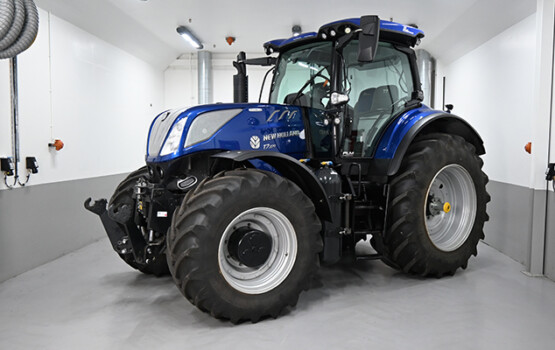Portal for more climate-friendly mobility
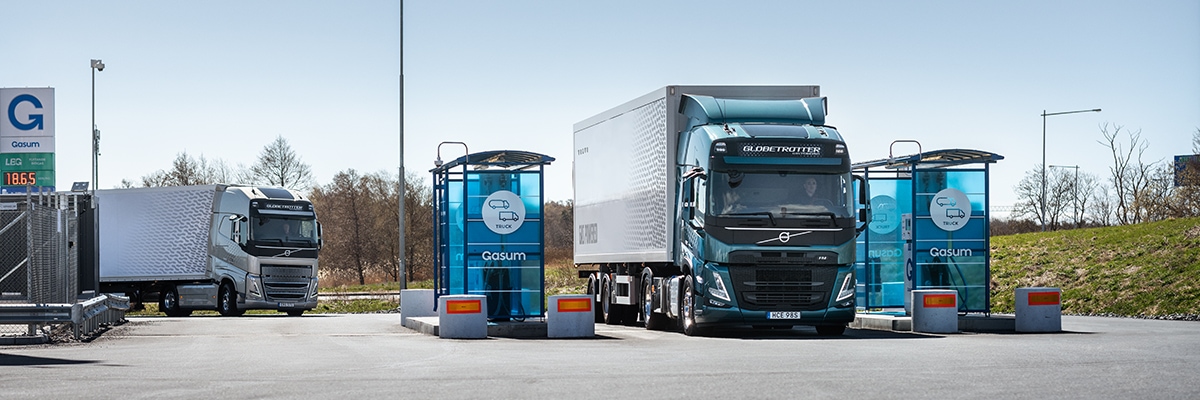
More bio-power for long-distance trips
Volvo Trucks is updating its gas-powered truck models, making them more efficient and also launching a more powerful LNG variant. The latter can run on liquefied biogas with a range of up to 1,000 kilometres.
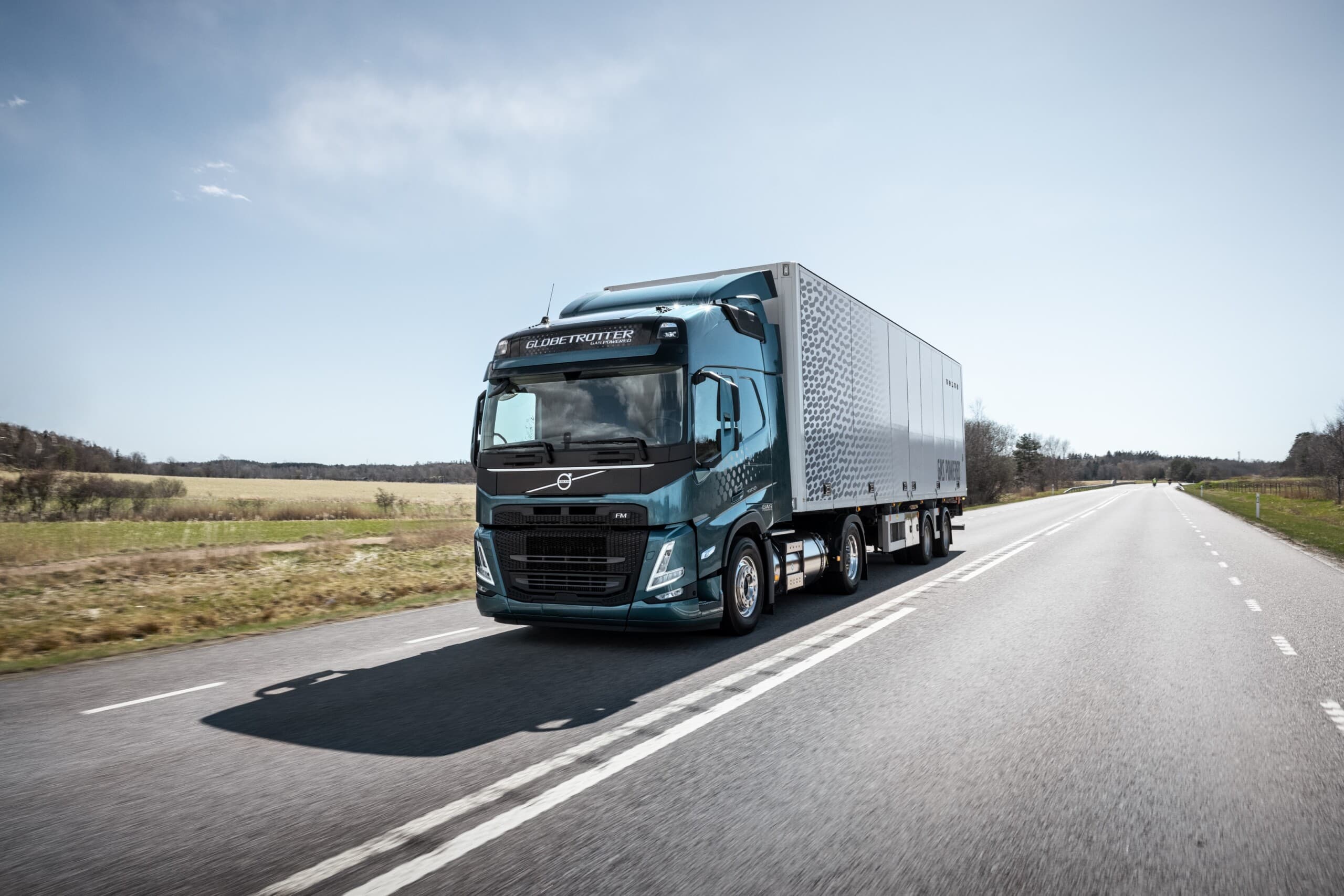 A Volvo FM with an LNG powertrain that now boasts even greater efficiency and range thanks to a revamped powertrain, more power and larger tanks. Source Volvo Trucks
A Volvo FM with an LNG powertrain that now boasts even greater efficiency and range thanks to a revamped powertrain, more power and larger tanks. Source Volvo Trucks
Five years ago, Volvo Trucks launched the first LNG trucks that were also capable of running on liquefied biogas. Like biogas, liquefied bio-LNG enables virtually carbon-neutral mobility. Biogas and bio-LNG from biogenic residues are renewable: after all, the same amount of CO2 would be produced if the biomass were left to rot unused. The situation is quite different with fossil fuels: here, the combustion process generates additional amounts of CO2 that are bound up for millions of years and then suddenly released into the atmosphere.
“Biogas is a great supplement to electric transport. It helps freight forwarders pursue their sustainability ambitions and achieve their goals in terms of climate-neutral transport,” explains Daniel Bergstrand, product manager for gas-powered trucks at Volvo Trucks. That’s why the Swedish company is not just focusing on one powertrain solution but continues to pursue a technology-neutral approach – while at the same time giving its two gas-powered Volvo FH and Volvo FM a new output level of 500 hp. This complements the previous 420 and 460 hp engines. Although the 500 hp engine uses a small amount of diesel or HVO to ignite the gas, it then runs on LNG – or bio-LNG for a smarter and better performance in ecological terms, of course.
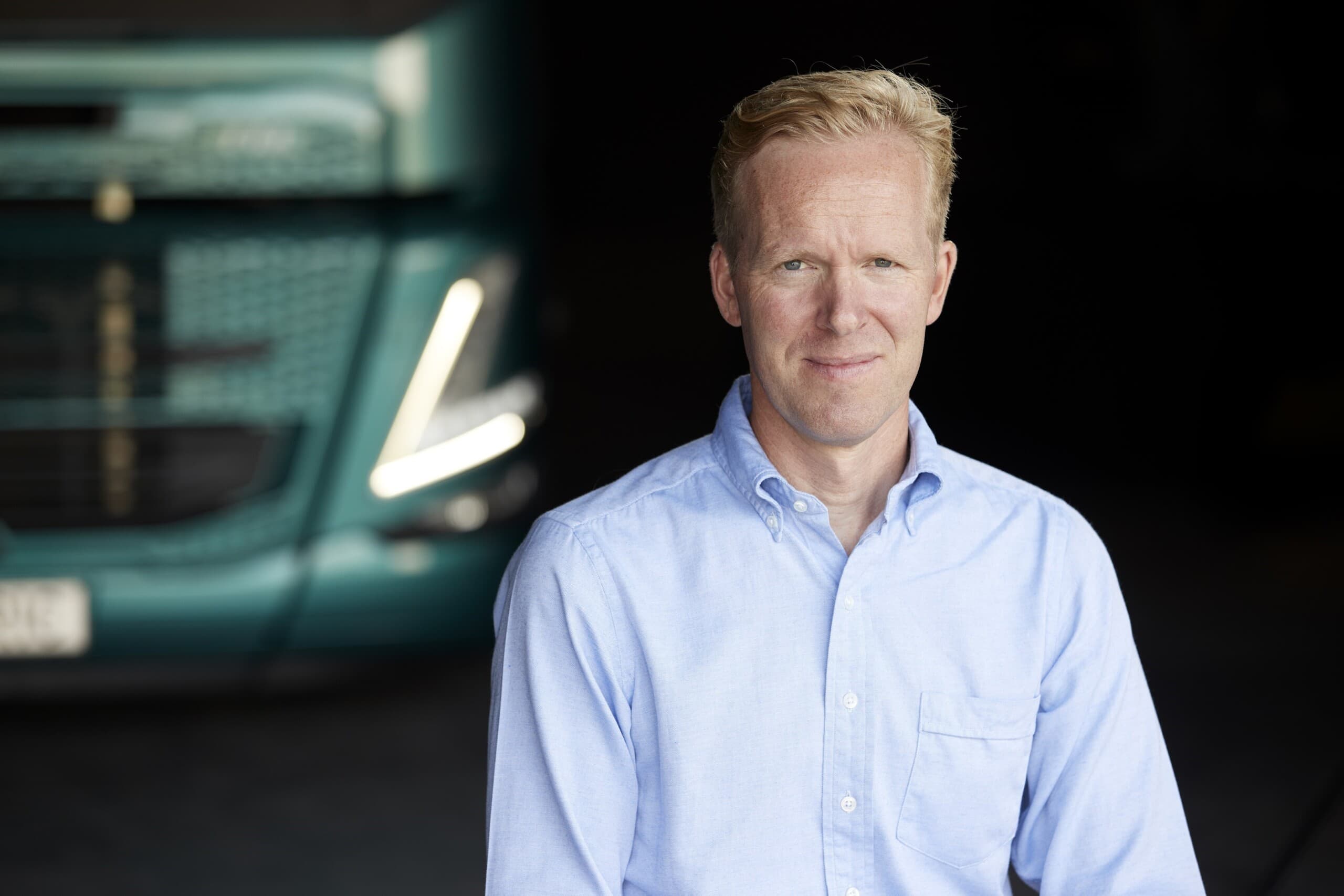 Daniel Bergstrand, product manager for gas-powered trucks at Volvo Trucks, is convinced of the Swedes’ open-technology approach. Source: Volvo Trucks
Daniel Bergstrand, product manager for gas-powered trucks at Volvo Trucks, is convinced of the Swedes’ open-technology approach. Source: Volvo Trucks
Using the high efficiency of the diesel engine achieves the same driving response as a diesel truck. This is why LNG drives is able to handle heavy loads and long distances, too. The new, completely redesigned Stage E gas-powered Euro 6 engines are also up to four per cent more economical than Stage D engines. Increased efficiency is achieved by means of new injection nozzles, a new piston for lower friction, a new turbo, a variable oil pump and a crankcase vent that processes unfiltered oil. Together with larger gas tanks, these technical improvements result in a ten percent increase in range, meaning that it is possible to cover up to 1,000 kilometres before stopping to refuel again.
“The performance of our efficient gas-powered trucks is comparable to that of their diesel counterparts. Refuelling is almost as fast as with a diesel truck, too, and the growing network of filling stations for biogas and LNG or bio-LNG in Europe makes these vehicles ideal for long-distance transport,” explains Daniel Bergstrand. This enables virtually carbon-neutral transport, even over long distances. More and more filling station providers are already opting to offer bio-LNG at their pumps and planning to massively expand their activities in the coming years – or even switch over entirely to sustainable fuels. What is more, European production of bio-LNG is to be ramped up quickly in order to implement the EU Commission’s “REPower EU” plan, which also includes a tenfold annual increase in biogas production by 2030.
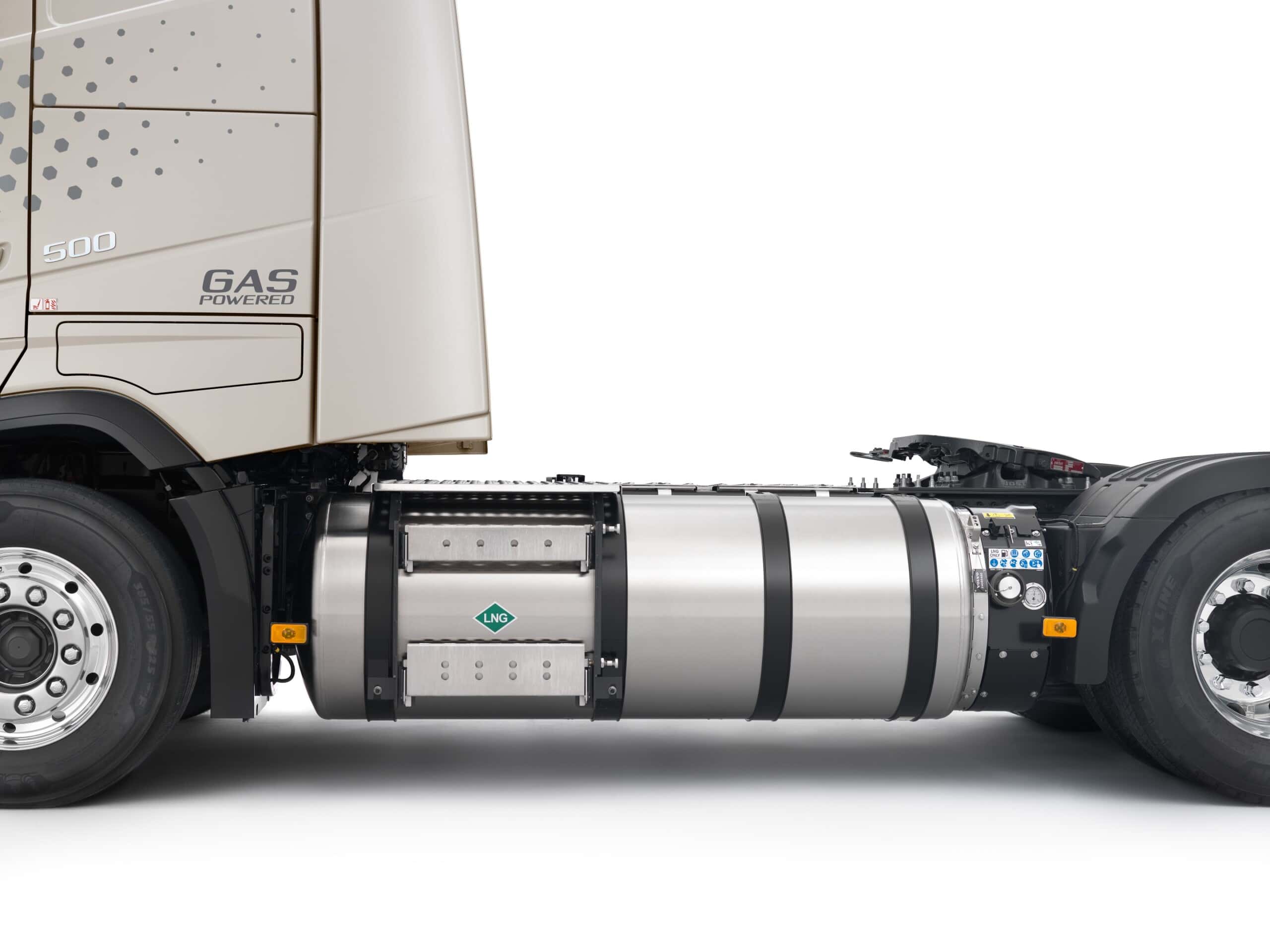 Larger gas tanks increase the range by ten per cent, so that up to 1000 kilometres to the next refuelling stop is quite possible. Source: Volvo Trucks
Larger gas tanks increase the range by ten per cent, so that up to 1000 kilometres to the next refuelling stop is quite possible. Source: Volvo Trucks
The improved range of gas-powered trucks fits in well with Volvo Trucks’ strategic roadmap. This includes three paths to zero emissions: battery electric trucks, fuel cell trucks and trucks with internal combustion engines that run on renewable fuels such as biogas, bio-LNG, HVO or even green hydrogen. “Several technical solutions are required, since the availability of energy and fuel infrastructure varies greatly from country to country and from one region to the next. What is more, the requirements for each transport assignment may vary,” says Daniel Bergstrand. (pd/jas, 14 February 2023)
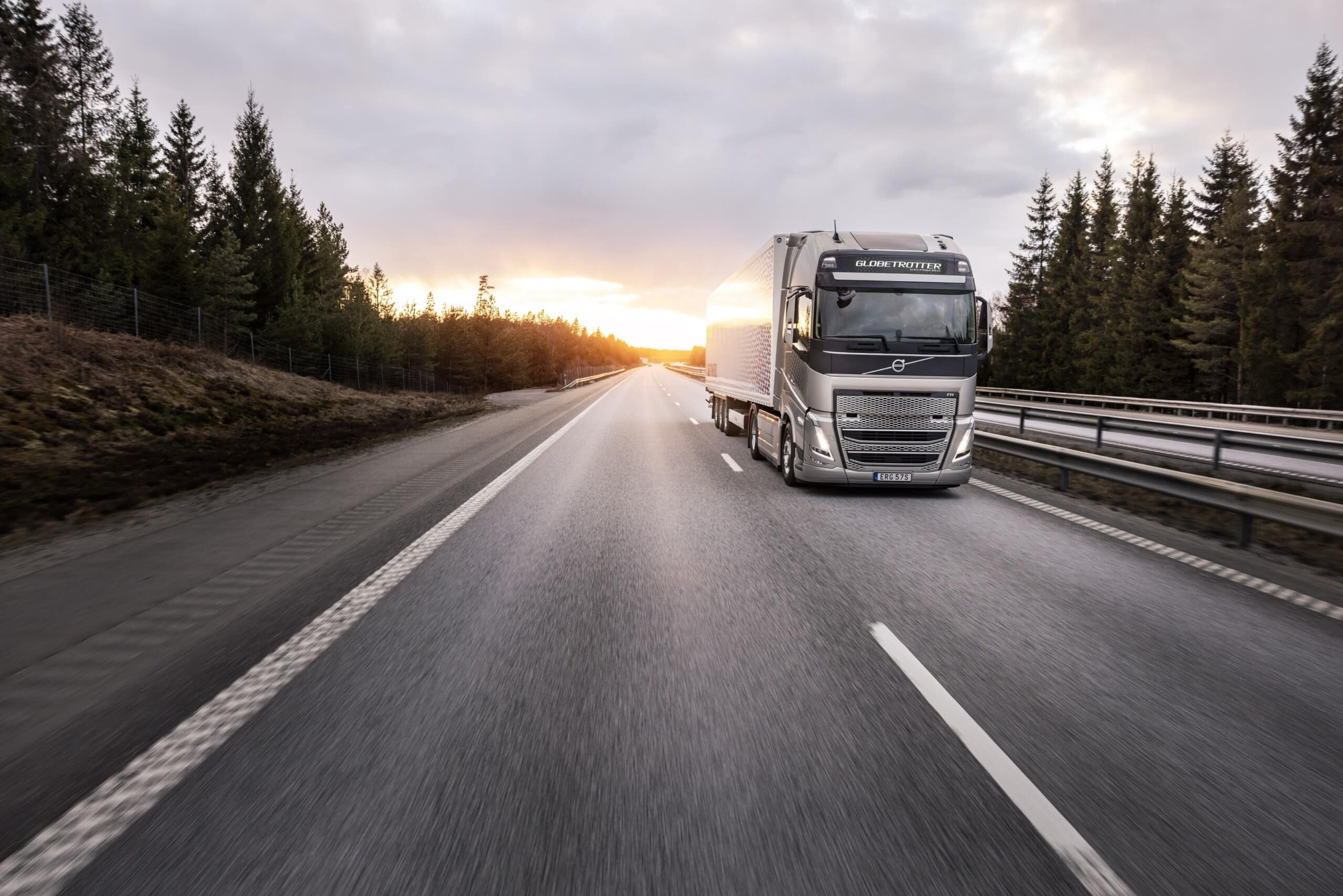 Source: Volvo Trucks
Source: Volvo Trucks
You might also be interested in
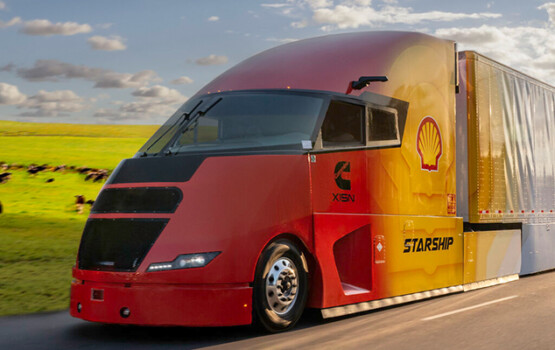
Shell Starship on record hunt
